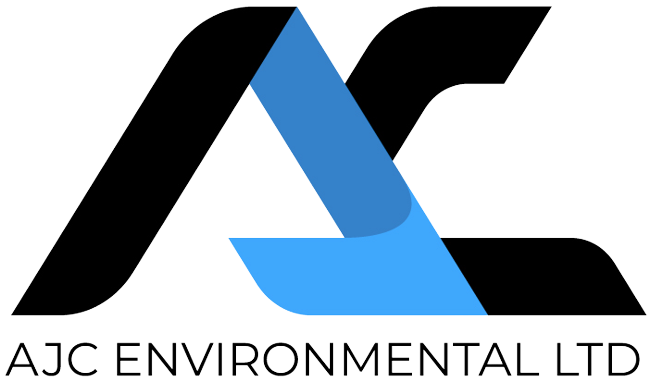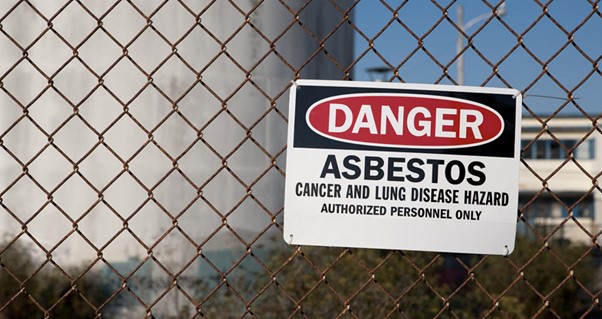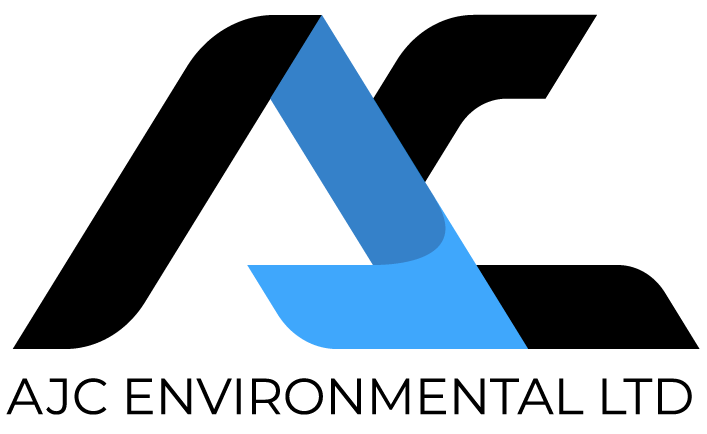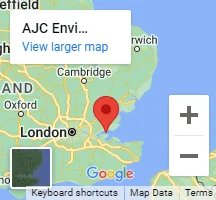London, a city steeped in history, also harbours a less talked about legacy: asbestos. This resilient yet hazardous material, once a staple in construction, now poses significant health risks. If you’re in London, grappling with the presence of asbestos in your property, it’s vital to approach its removal with caution and awareness.
Let’s look into the safe removal practices for asbestos in London, a topic that’s not just about compliance but also about safeguarding health and well-being.
Removing asbestos is a highly specialised and regulated process due to its health risks. Here’s a detailed guide of the practices and methods used in asbestos removal.
- Planning and Assessment: Before any removal begins, it’s crucial to establish a comprehensive plan. This involves collaboration among key personnel like industrial hygienists, safety supervisors, or contractors. They need to detail how the area will be treated, from task commencement to post-removal cleanup. Part of this planning involves creating an asbestos inspection checklist to identify the locations of existing or potential asbestos-containing materials (ACMs) and ensure compliance with regulatory requirements.
- Preparing the Work Area: The area where asbestos removal will take place must be carefully prepared. This includes sealing off the area with plastic sheeting and using negative air pressure units to prevent contamination outside the work area. Surfaces not being treated must also be covered in plastic sheeting, and warning signs must be posted to alert others of the ongoing asbestos project.
- Safety Equipment and Protocols: Workers must wear personal safety protection, including an N-100 or P-100 respirator and protective clothing. The work area’s HVAC systems are disabled to prevent asbestos fibres from circulating. During the process, wet wipes or a HEPA vacuum are used to control dust and clean asbestos off immovable objects.
- Handling and Disposal of Asbestos Waste: Asbestos-containing materials are wetted prior to removal to reduce fibre release. Workers, fully equipped with respirators and safety gear, handle the contaminated materials, which are then double bagged in thick plastic bags, placed in a plastic, leak-tight container with proper labelling, and disposed of in special landfills designated for asbestos waste.
- Decontamination Process: Decontamination enclosure systems are installed to allow workers to remove contaminated clothing, shoes, and tools safely. Specific steps are followed to ensure the safe removal of contaminated protective clothing and equipment, preventing the spread of asbestos to other areas or into workers’ homes.
- Final Inspection and Reporting: After the removal process, a final inspection is conducted to ensure all asbestos has been safely removed. This involves clearance air sampling in compliance with regulations. Finally, a comprehensive report is created, documenting the completion of the removal process, asbestos waste shipment details, site logs, licensing, and specific tasks performed. This report is crucial for maintaining compliance with environmental regulations.
Detailed Asbestos Removal Process – Step by Step
- Identification and Surveying: Initially, a survey must be conducted to identify the presence of asbestos in a building. This could be a Refurbishment and Demolition Survey for intrusive work or an Asbestos Management Survey for buildings where asbestos will not be disturbed.
- Risk Assessment and Management Plan: Once asbestos is identified, a Risk Assessment and Management Plan must be developed in accordance with Health and Safety Executive (HSE) guidelines. This plan outlines the potential risks and the required work methods to control them.
- Licensing of Work: The work is categorised as either licensed or non-licensable. Higher-risk work, such as dealing with asbestos coatings or insulation boards, requires a licensed contractor. All licensable work must be notified to the appropriate authority well in advance.
- Contractor Licensing and Training: It’s crucial to ensure that the contractor handling the work is properly licensed and equipped with suitable training, protective clothing, and breathing apparatus.
- Sealing and Wetting Techniques: The asbestos area is sealed off to contain airborne fibres. Controlled wetting techniques are employed to minimise fibre release, and air monitoring is conducted to ensure safety.
- Waste Handling and Disposal: Asbestos waste is double-bagged, labelled, and disposed of at licensed waste disposal sites. Stringent decontamination procedures are followed by removal operatives.
- Final Cleaning and Air Testing: After removal, surfaces are environmentally cleaned. An independent UKAS-accredited laboratory conducts an inspection and air testing before the area is cleared for reoccupation.
Each of these steps is vital in ensuring the safe and effective removal of asbestos, minimising health risks to workers and the public, and complying with strict regulatory standards.
Conclusion
As we wrap up this guide into asbestos removal in London, it’s clear that this is a matter demanding utmost caution and professional expertise. The detailed removal process, from identification and risk assessment to final cleaning and disposal, reflects the serious health risks associated with asbestos exposure. The staggering statistics – thousands of lives lost annually worldwide – are a solemn reminder of why meticulous adherence to safety protocols is non-negotiable.
For anyone grappling with asbestos in their London property, the path forward is unambiguous:
- Engage licensed professionals.
- Prioritise safety at every step.
- Remember that in the intricate and hazardous world of asbestos removal, cutting corners is never an option. The health implications are far too significant to ignore.





